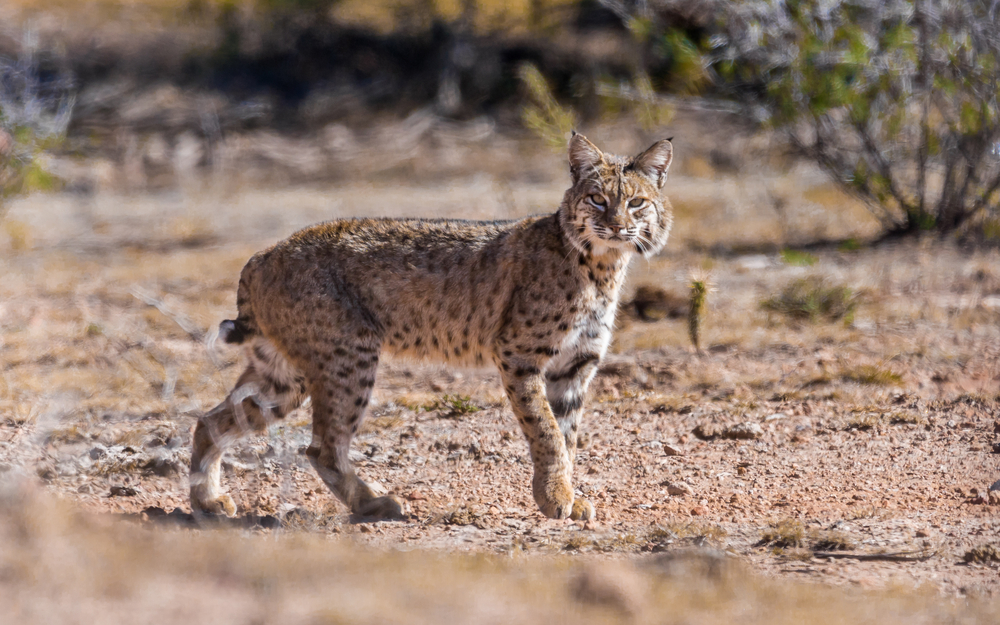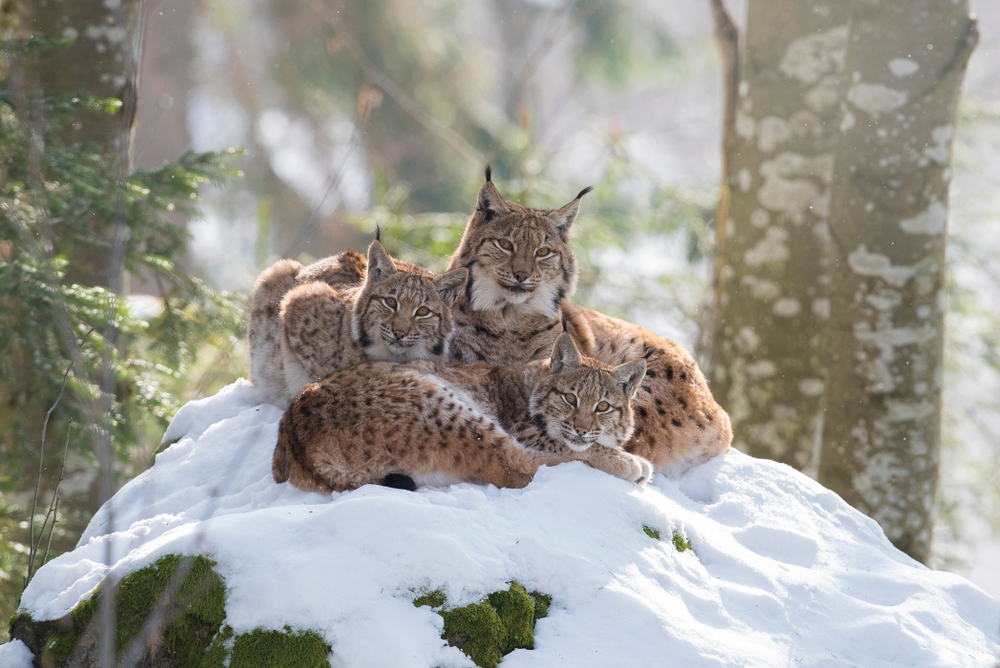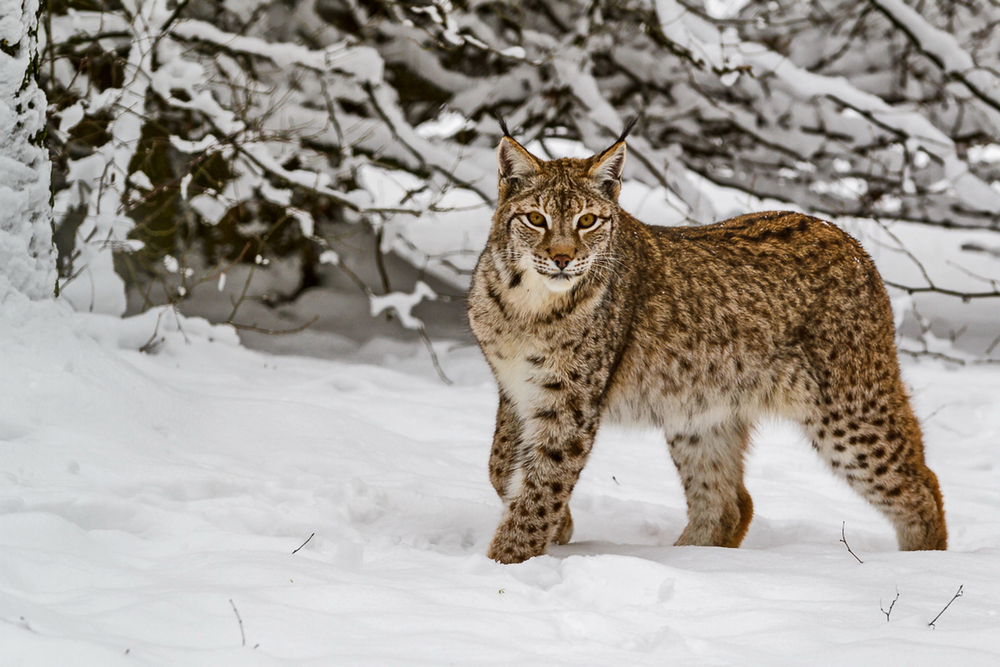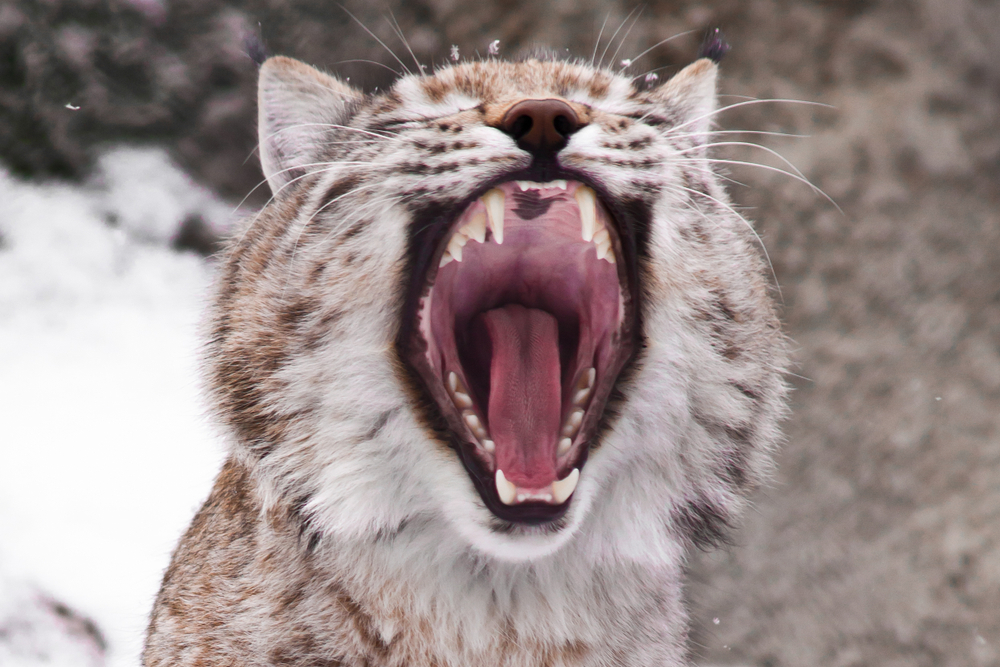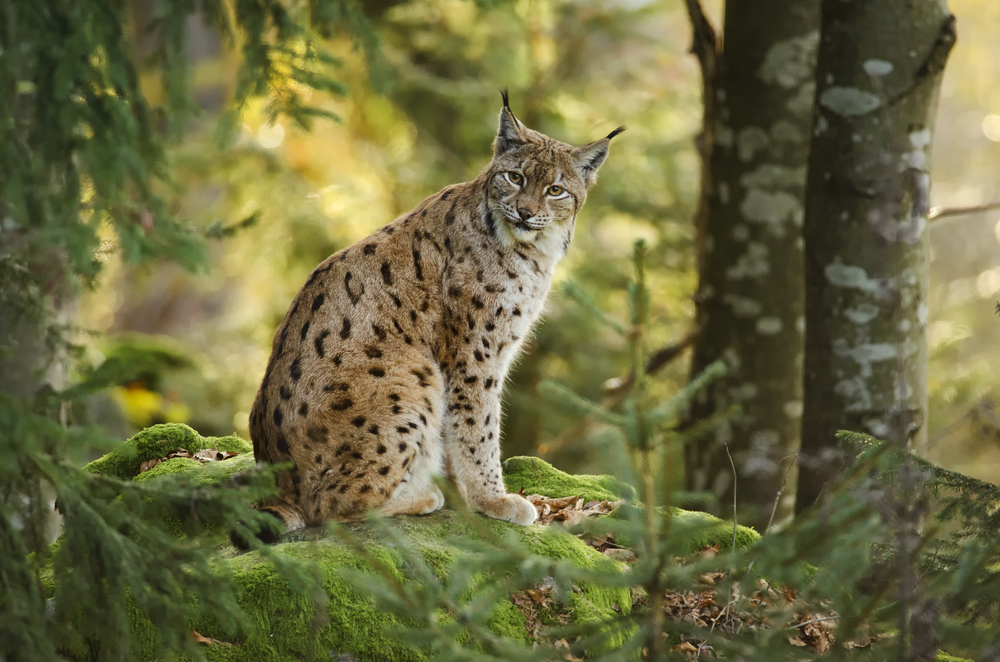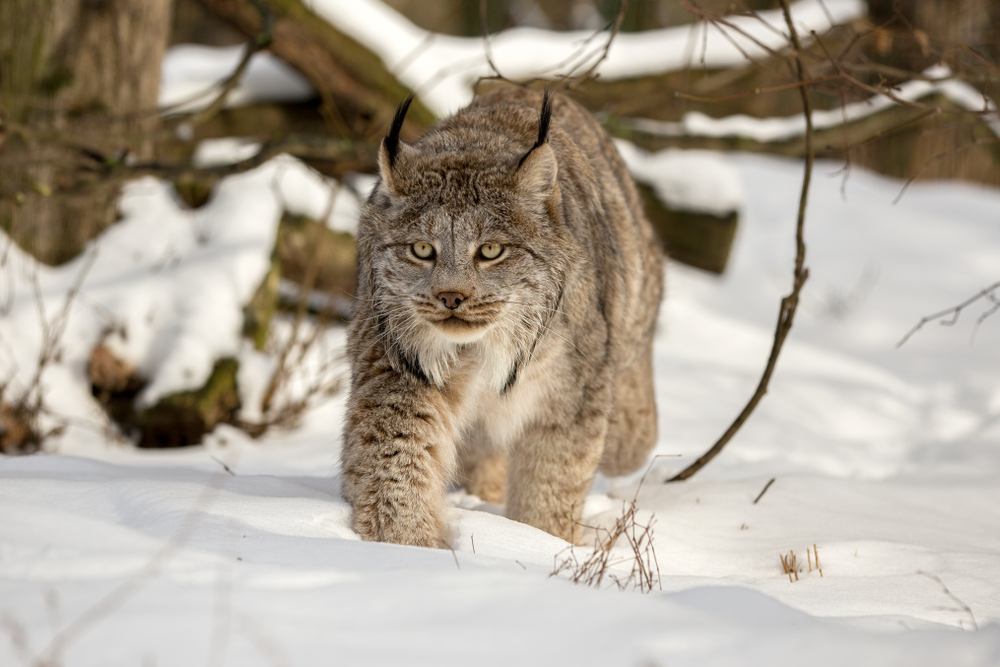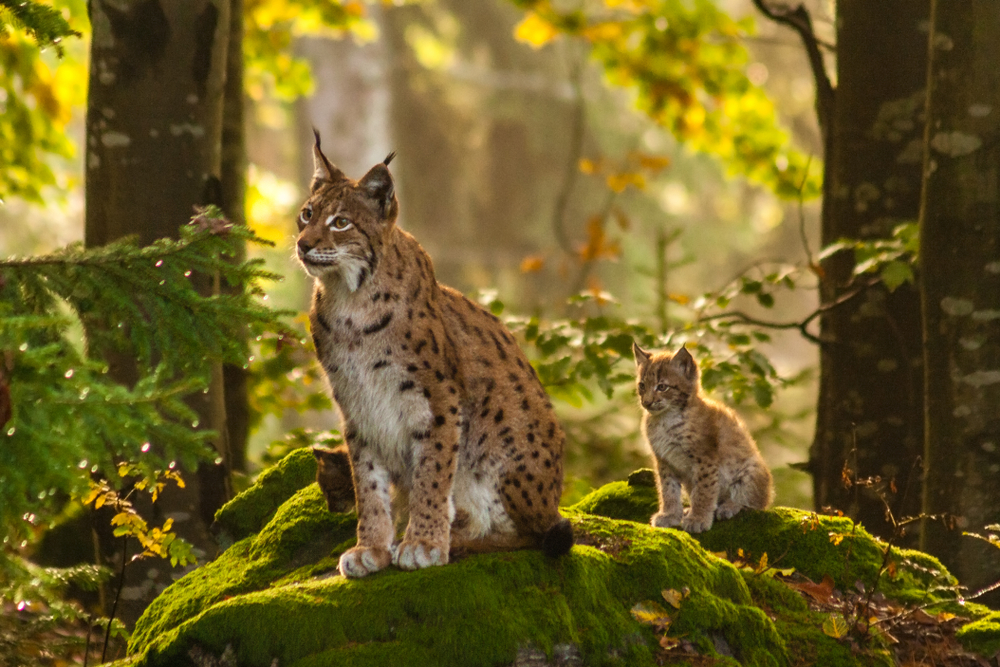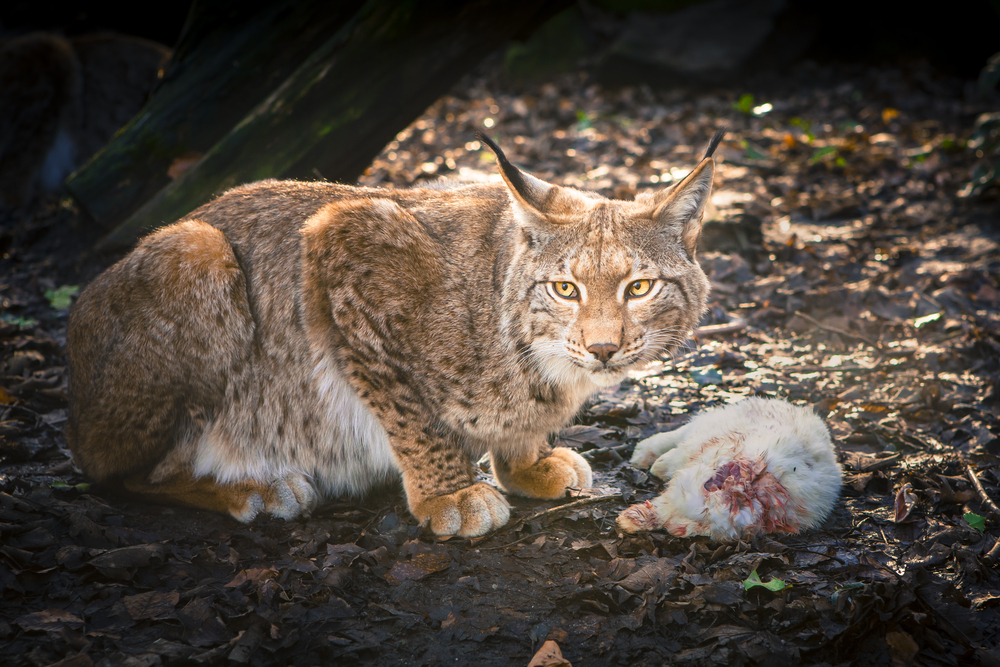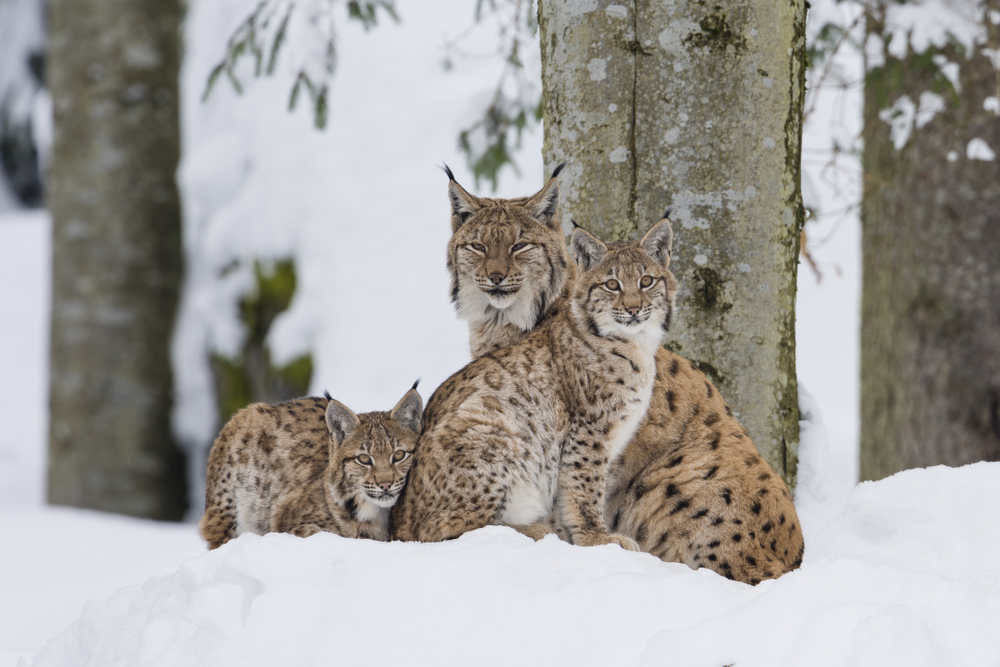Lynxes and bobcats are both medium-sized wildcats, but they are distinct species with several differences in terms of their physical characteristics, range, and behavior. Here are the key differences between a lynx and a bobcat:
1. Size:
- Lynx: Lynxes are generally larger than bobcats. They have a body length of about 31 to 41 inches (80 to 105 cm) and can weigh between 18 to 90 pounds (8 to 41 kg), depending on the species and geographic location.
- Bobcat: Bobcats are smaller, with a body length of about 28 to 39 inches (71 to 100 cm) and a weight range of 15 to 40 pounds (7 to 18 kg).
2. Ear Tufts:
- Lynx: Lynxes are known for their prominent ear tufts, which are often tipped with black. These tufts are larger and more conspicuous than those of bobcats.
- Bobcat: Bobcats also have ear tufts, but they are smaller and less pronounced compared to lynx ear tufts.
3. Coat Coloration and Patterns:
- Lynx: Lynxes typically have a light gray to brown coat with distinct dark spots and bars on their legs and body. Their coats are often paler in color compared to bobcats.
- Bobcat: Bobcats have a more varied coat coloration, which can range from reddish-brown to gray, and they have prominent spots and stripes on their bodies.
4. Range:
- Lynx: Lynxes are found in northern regions of North America, Europe, and Asia, often inhabiting boreal forests and mountainous areas.
- Bobcat: Bobcats are more widely distributed across North America, ranging from southern Canada to parts of Mexico. They can adapt to a variety of habitats, including forests, deserts, and grasslands.
5. Geographic Range Overlap:
- In some regions, such as parts of North America, the range of lynxes and bobcats can overlap, leading to potential hybridization, but they generally occupy different ecological niches.
6. Behavior:
- Both lynxes and bobcats are solitary and elusive animals. They are skilled hunters and primarily prey on small to medium-sized mammals.
7. Conservation Status:
- The conservation status of lynxes varies by species. Some, like the Iberian Lynx, are critically endangered, while others, like the Canadian Lynx, have stable populations.
- Bobcats are considered a species of “least concern” in terms of conservation status, as their populations are relatively stable.
In summary, while lynxes and bobcats share similarities as wildcats, they can be distinguished by their size, coat coloration, ear tufts, range, and ecological preferences. These differences reflect their unique adaptations to their respective habitats and lifestyles.




































































